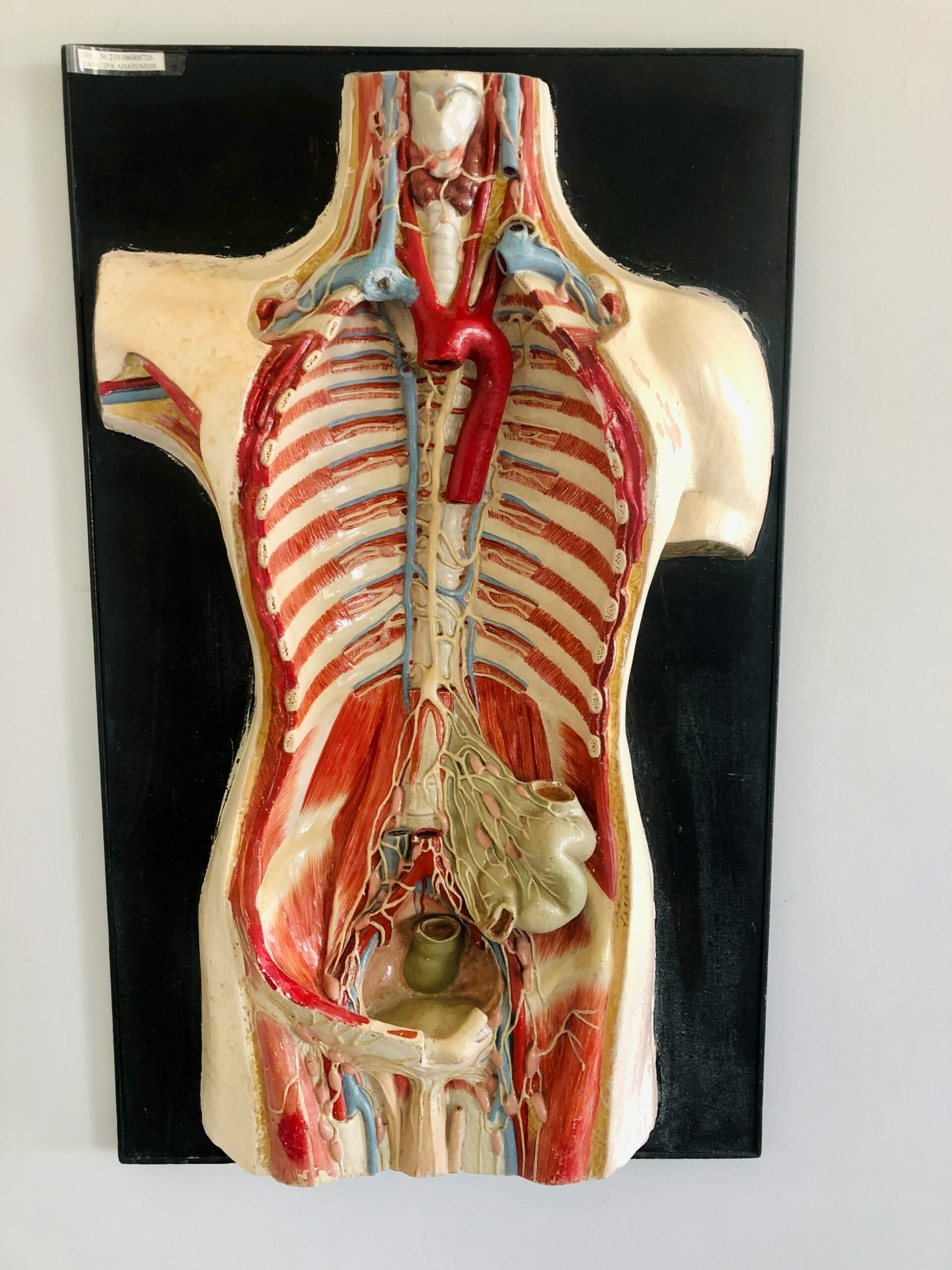Study Reveals Disturbing Presence of Microplastics in Brain Cells
Microplastics are small plastic particles that can enter our bodies through various routes, including ingestion, inhalation, and even through the skin.
Research conducted by Turkish scientists has uncovered the presence of microplastics within brain cells. This discovery holds promise in illuminating whether everyday use of such products may play a role in the development of conditions like Alzheimer’s, multiple sclerosis (MS), stroke, and cerebral hemorrhage in the future.
Emrah Celtikci from Turkey’s Gazi University Medical School Neurosurgery Department and Sedat Gundogdu from Cukurova University’s Fisheries Faculty spearheaded a study that gained international recognition. Their research was showcased in a documentary in Canada and also published as an article in The New York Times.
Impact of Microplastics on Human Health
Microplastics are small plastic particles that measure less than 5 millimeters in length. They are commonly found in a variety of everyday items, such as food packaging, personal care products, and synthetic clothing. These particles can enter our bodies through various routes, including ingestion, inhalation, and even through the skin.
While the presence of microplastics in the environment has been widely documented, this study is the first of its kind to demonstrate their presence within human brain cells. The researchers analyzed brain tissue samples from a diverse group of individuals and found microplastics in every sample.
This discovery raises concerns about the potential health effects of microplastics on the human brain. Although the precise mechanisms by which these particles enter the brain and impact its function are not yet fully understood, they have been linked to neurological disorders and cognitive decline in animal studies.
Further Research
While this study provides valuable insights into the presence of microplastics in the human brain, more research is needed to fully understand the extent of the problem and its implications. Scientists are now calling for further investigation into the potential long-term effects of microplastic exposure on human health.
In addition, it is crucial to determine the sources of these microplastics and find ways to reduce their release into the environment. This requires a multi-faceted approach involving government regulations, industry practices, and individual consumer choices.
Protecting Our Health and the Environment
As individuals, there are steps we can take to minimize our exposure to microplastics and contribute to a healthier environment:
- Avoid single-use plastics: Opt for reusable alternatives such as stainless steel water bottles, cloth shopping bags, and glass food containers.
- Choose natural fibers: When purchasing clothing and textiles, opt for natural materials like cotton, wool, or hemp, which shed fewer microplastic fibers compared to synthetic materials.
- Reduce plastic packaging: Look for products with minimal packaging or choose items packaged in recyclable materials.
- Proper waste disposal: Ensure that you dispose of plastic waste properly by recycling or using designated waste bins.
- Support research and advocacy: Stay informed about the latest developments in microplastic research and support organizations working towards reducing plastic pollution.
By taking these small steps, we can collectively make a big difference in reducing the prevalence of microplastics in our environment and protecting our health.










